The Toshiba MK-1034FC was released in mid-1991, but formally announced in late-1990. In fact, its initial conception was to compete with Conner Peripherals. Back at this time, Toshiba was a huge customer of Conner’s, so this wasn’t particularly great news for them. Particularly, this was an issue with portable computers, which has always been Toshiba’s strong suit. Sadly, Toshiba didn’t seem to develop their 3.5″ industry much further than this, until their eventual modern-day Fujitsu/Hitachi based drives.
So, let’s have a look at this very rare one-off drive from Toshiba!
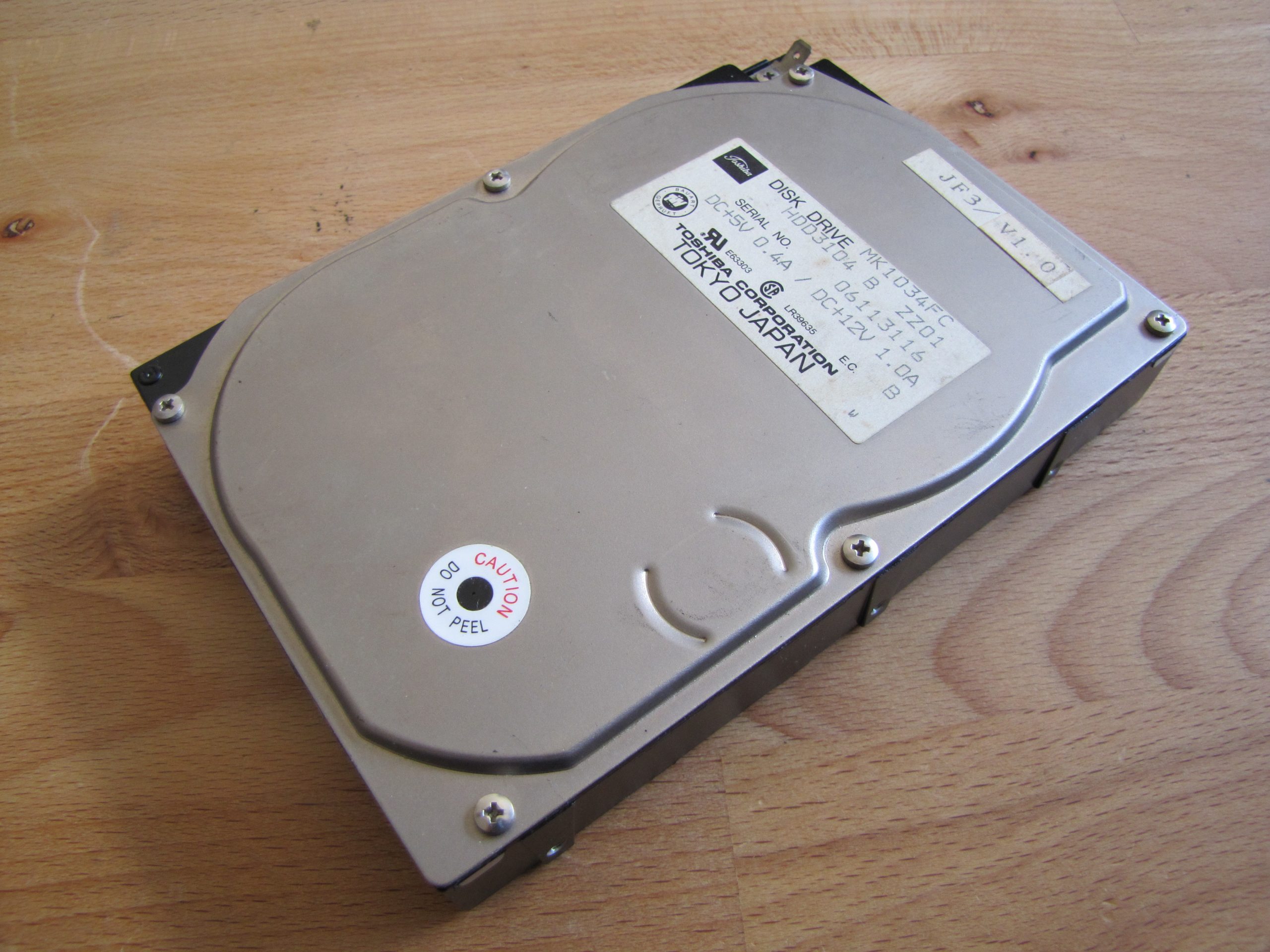
Drive Attributes
-------------------------------------
Toshiba MK-1034FC
-------------------------------------
Capacity 106MB
Mfc Date 1992
Format 3.5"
Interface PATA
Platters 2
Heads 4
RPM 3400
CHS 1354/4/40 (native)
664/8/39 (translated)
-------------------------------------
These drives aren’t too light, nor too weighty. It weighs as much as any other vintage two platter drive, although perhaps more to the lighter side. The design is quite unique, since in my opinion, it just looks like a modified larger 2.5″ drive from Toshiba from the same period.
While this drive features two platters, a single platter variant was also available, being the MK-1032FC. The SCSI counterparts of these drives use a B suffix (e.g. MK-1034FB), instead of a C (A being reserved for MFM-based drives).

Much like the MK-234FC series I posted about previously, the label design on these remains very basic and utilitarian. There’s not much to be seen. These were made in the same factory as the MK-234FC and MK-232FC line.
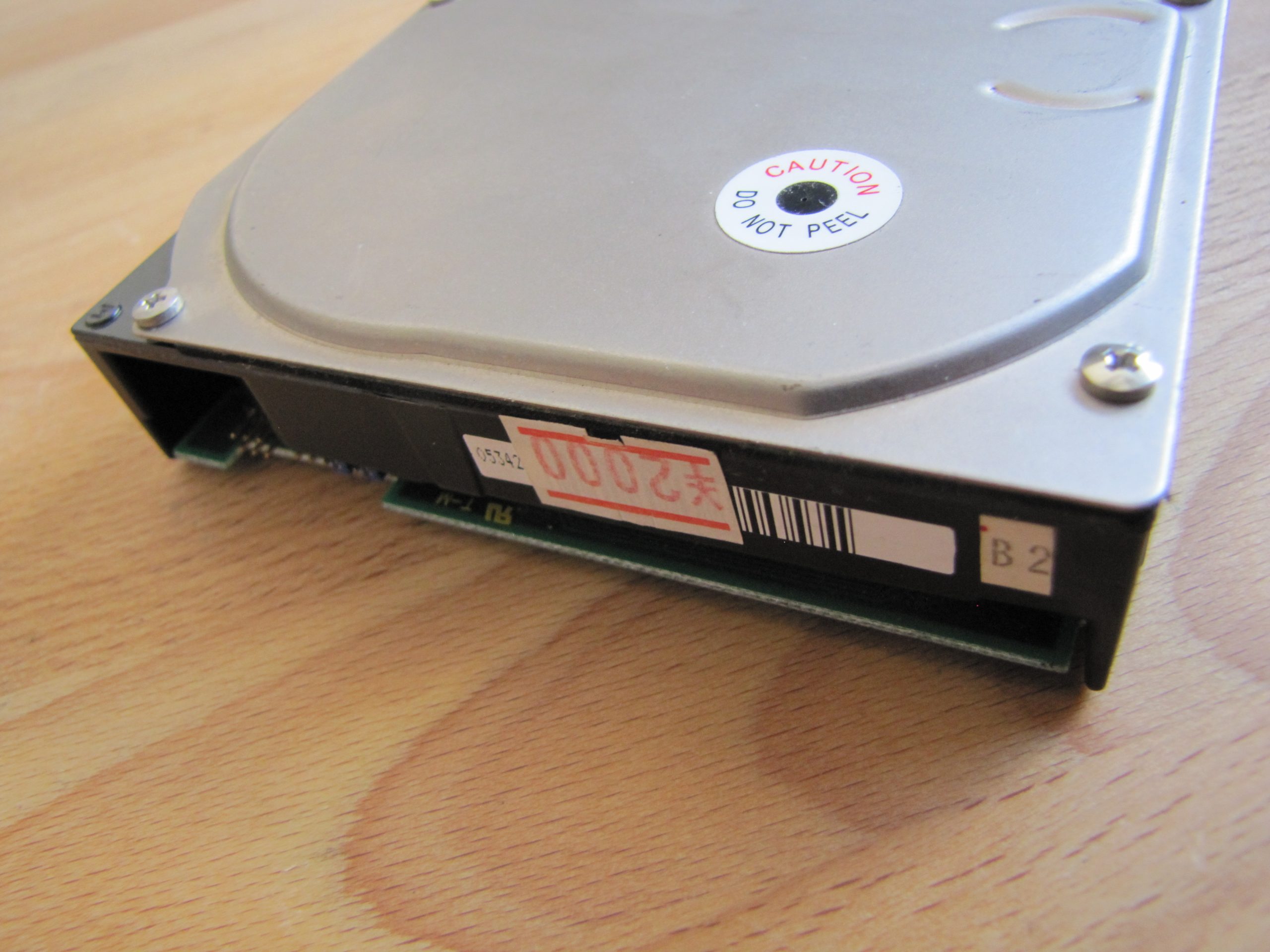
Supposedly this drive was roughly 2000 yen at some point. Fortunately, I paid around that for my entire lot of vintage Toshiba drives. For the curious, that equates to roughly $15, €15 or £12. We can see the master/slave jumper block on this side of the drive too, alongside the air filter.
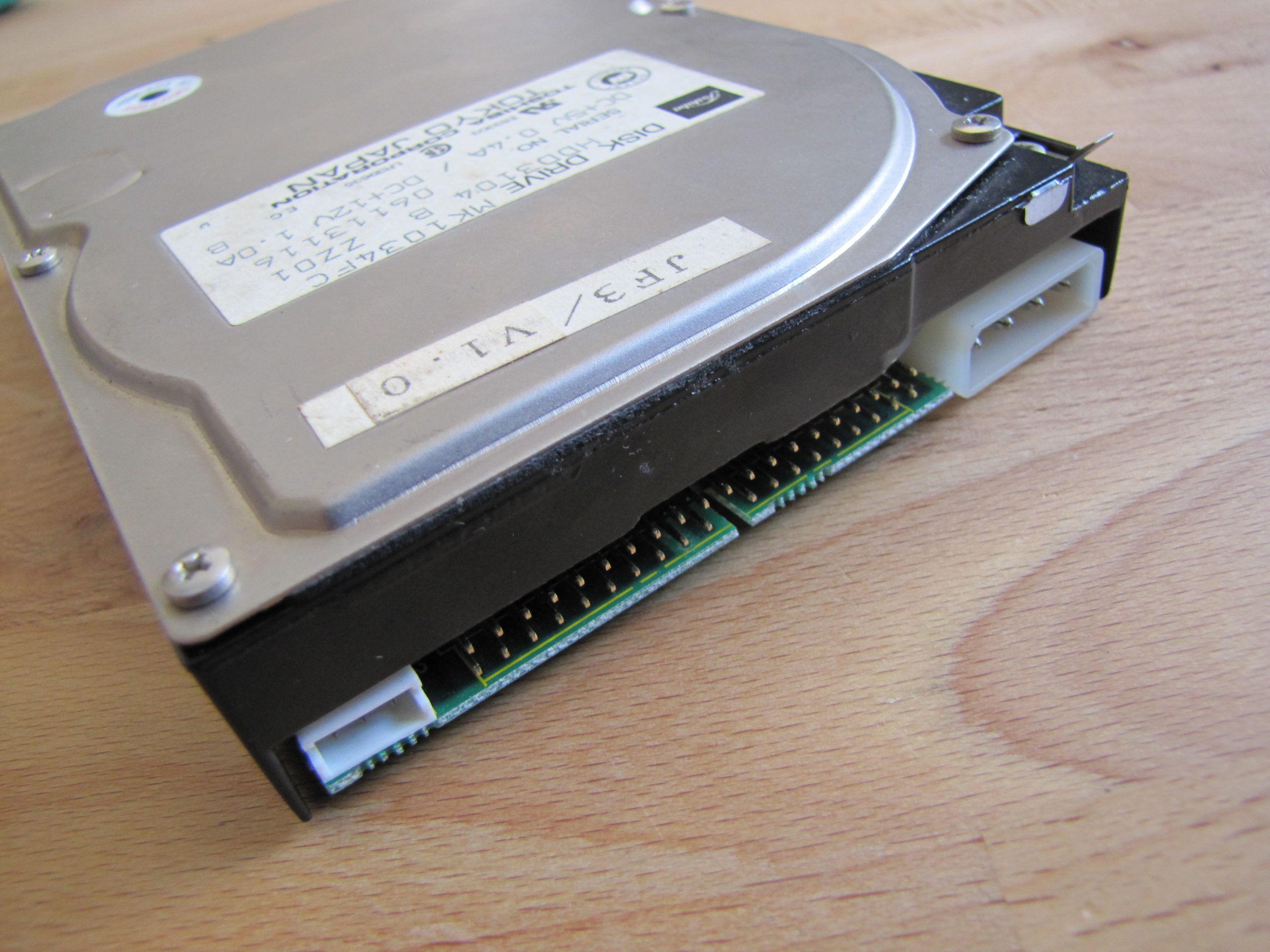
The standard connectors from the time. All of these correlate to the standards of the time, for Molex, mini-power and IDE connections. The PATA connector has no exterior housing due to how old this drive is, being a common element of early 90’s standards. The Molex connector feels very sturdy, fortunately.
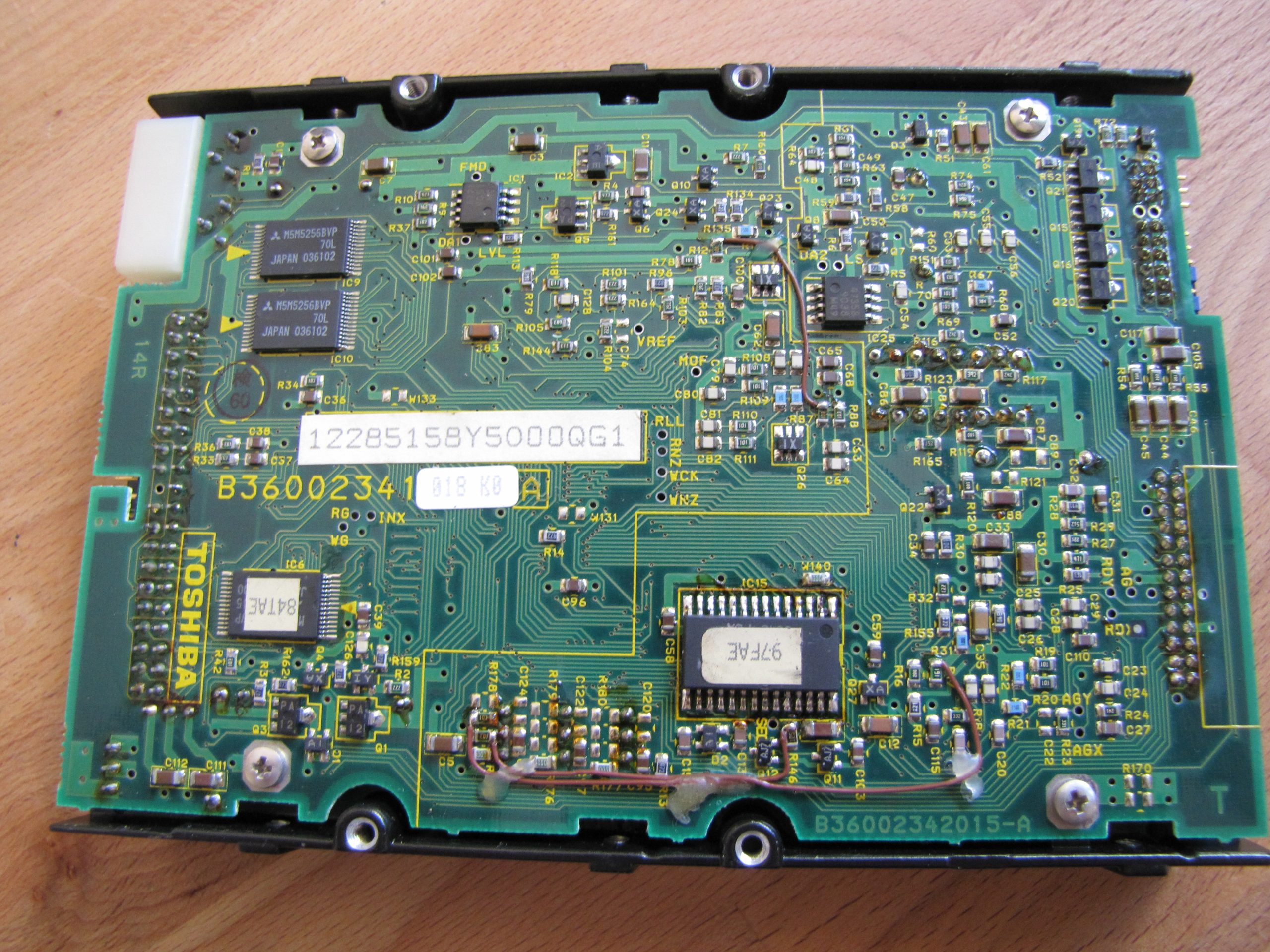
For the first half ot the PCB, you might be persuaded that this is all this drive has to offer, but that couldn’t be further from the truth. All of the controller logic is on the other side of the board. Curiously, this one has quite a lot of jumper wires (aka, bodge jobs) from the factory.
Let’s take a closer look at the other side of the board.
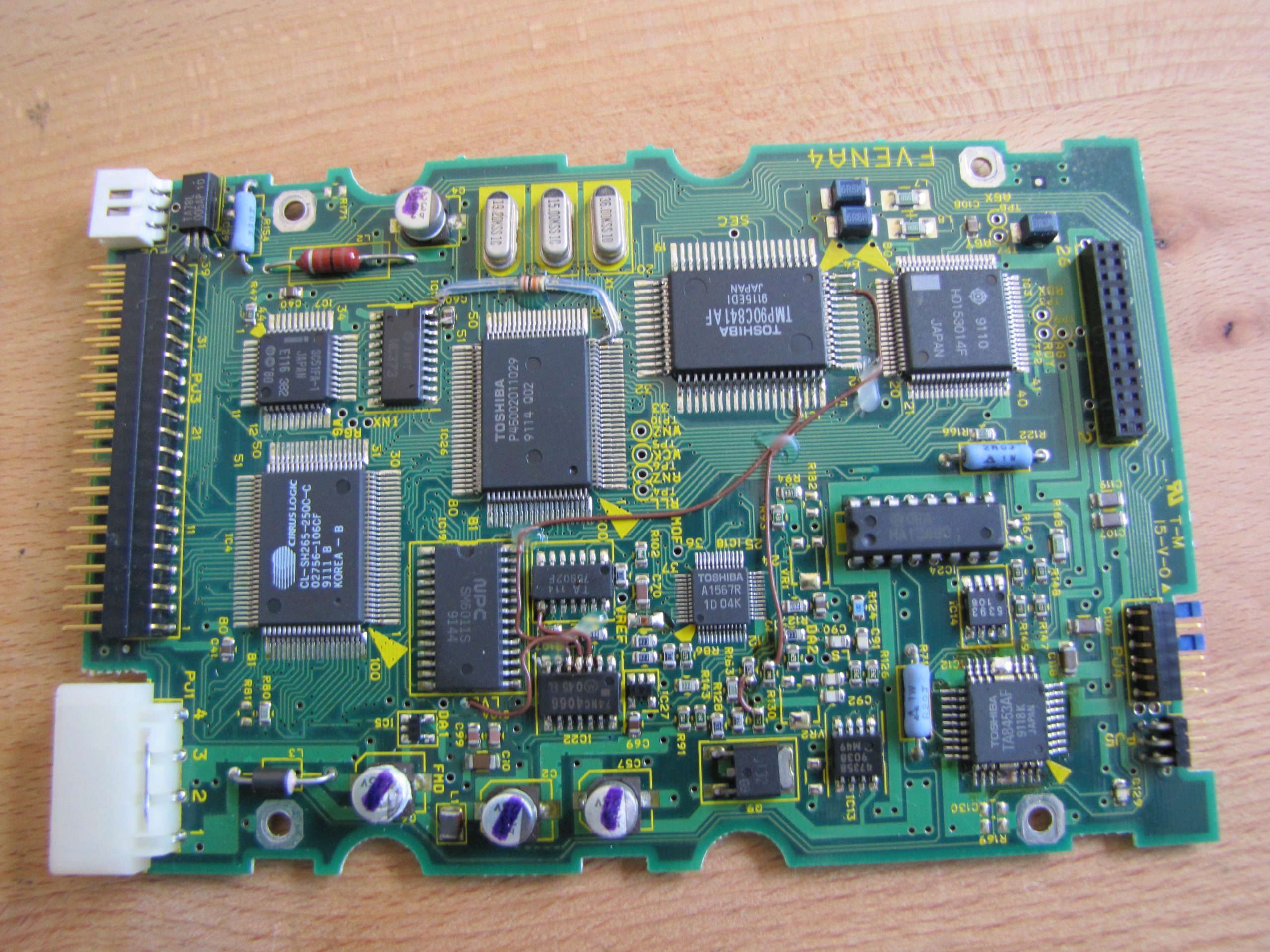
Here’s an overview! We’ll go into detail into each half down below. More bodge wires are present.

The capacitors are in pretty bad shape on this drive and need urgent replacement. Luckily, they’ve caused no damage so far. They’re all 33uF 25V capacitors, which is consistent across all of Toshiba’s 3.5″ drives from this period.

Here we can see the PJ4 header, the pinout being the following:
--------------------------------------------------------------------------
PJ4 Pinout - LED/Slave Present/Master/Slave/Drive Present/ECC/Auto Start
--------------------------------------------------------------------------
+-----+
1 o o 2 LED
| o o | SLV PRS
5 o o 6 MST/SLV
| o o | DRV PRS
9 o o 10 ECC
| o o | DIS Auto Start
+-----+
--------------------------------------------------------------------------
Continuing, the silkscreen on this board is a nice striking yellow colour. The main vendor for most of the IC’s on this board is, to no one’s surprise, Toshiba. The drive connects to the head-stack and the spindle-motor through header PJ6.
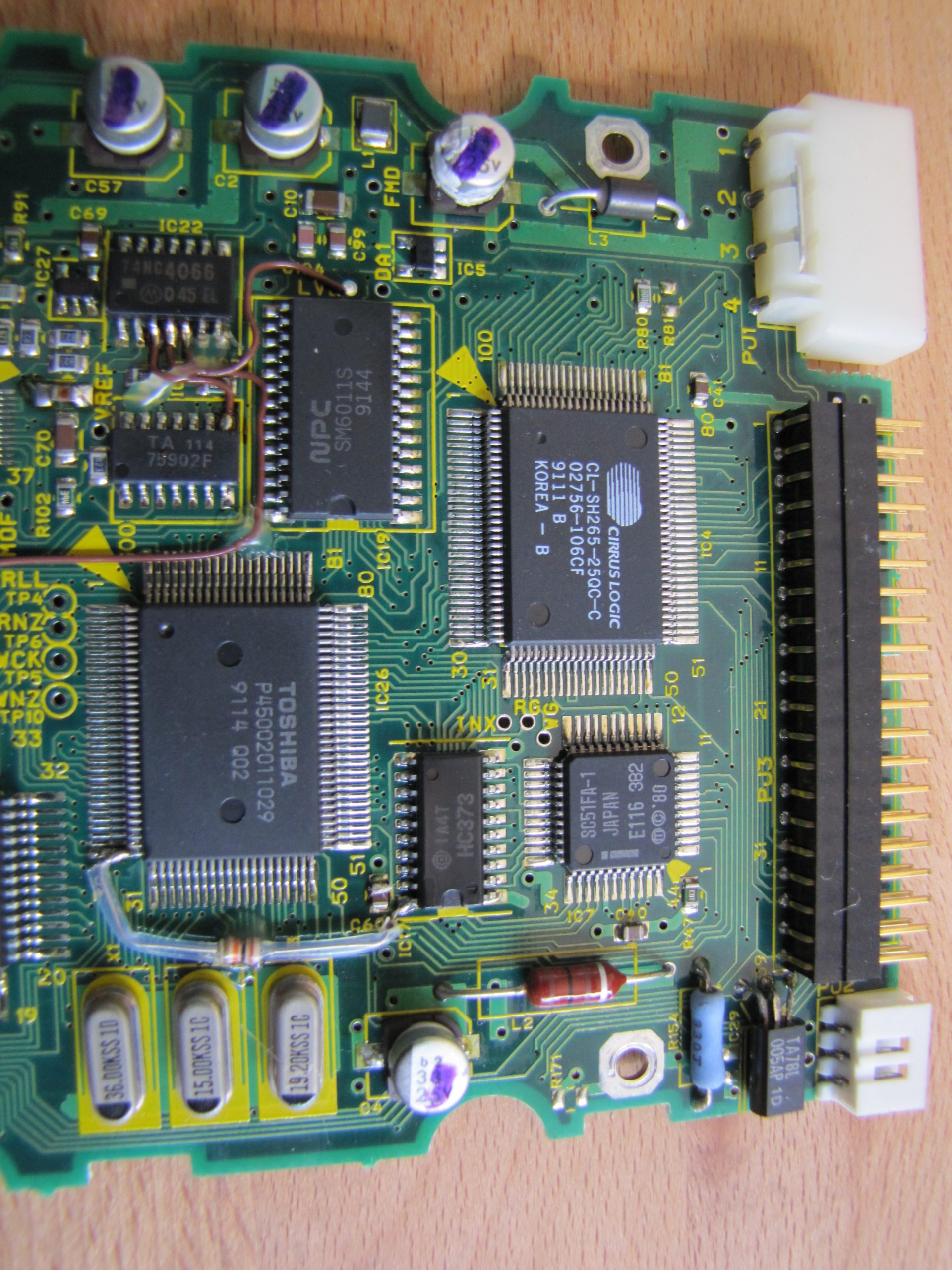
Here we have a better look at the drive connectors. Practically every IC is manufactured in Japan by either Toshiba or Hitachi, but there are a few outliers.
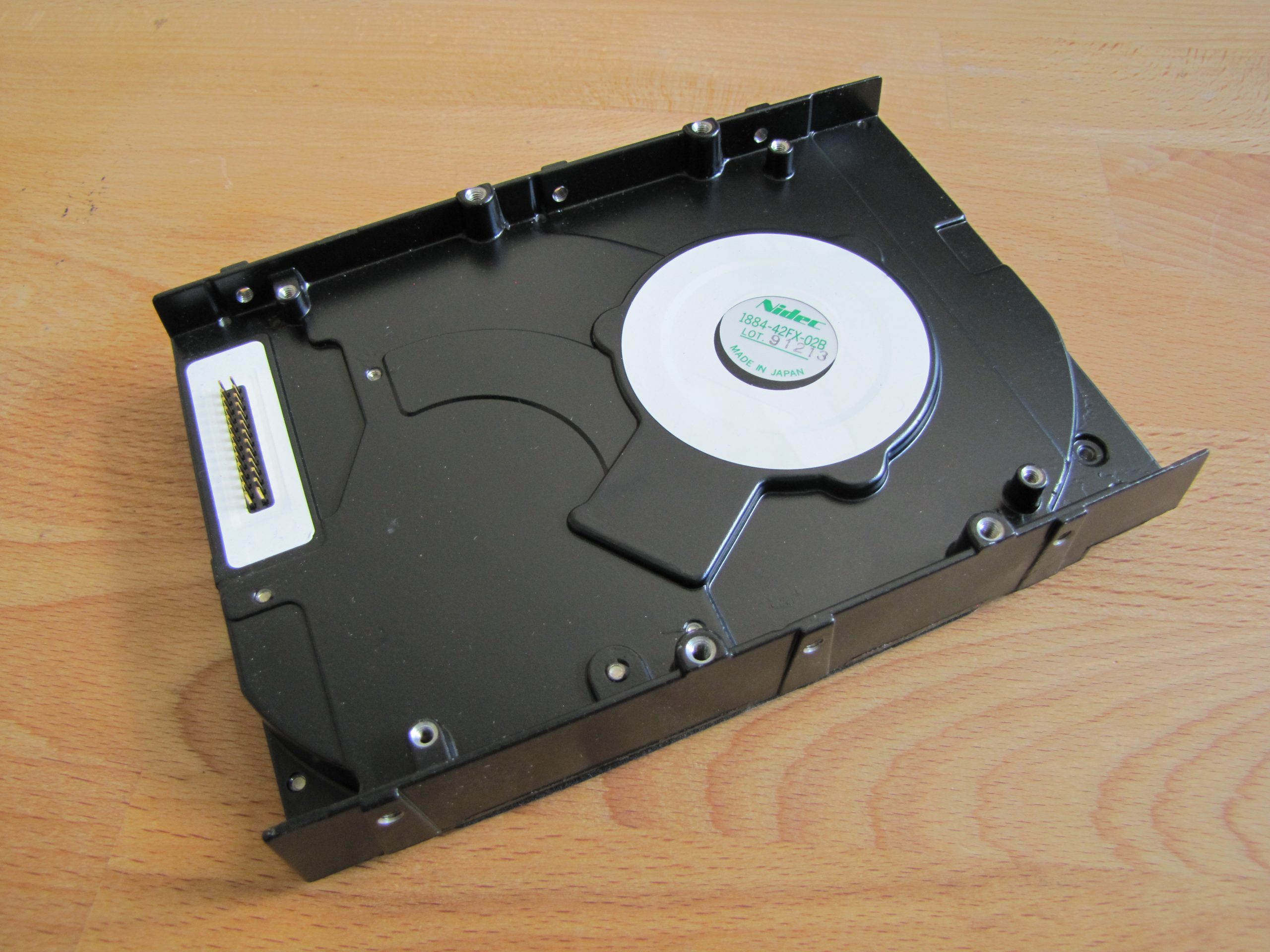
This drive goes together incredibly easily, it’s very well designed. The single header connects to all components of the drive, and that’s it. That’s all there is to it on one of these!
Now, you may be wondering, how does this drive hold up in 2022? Fortunately, very well!
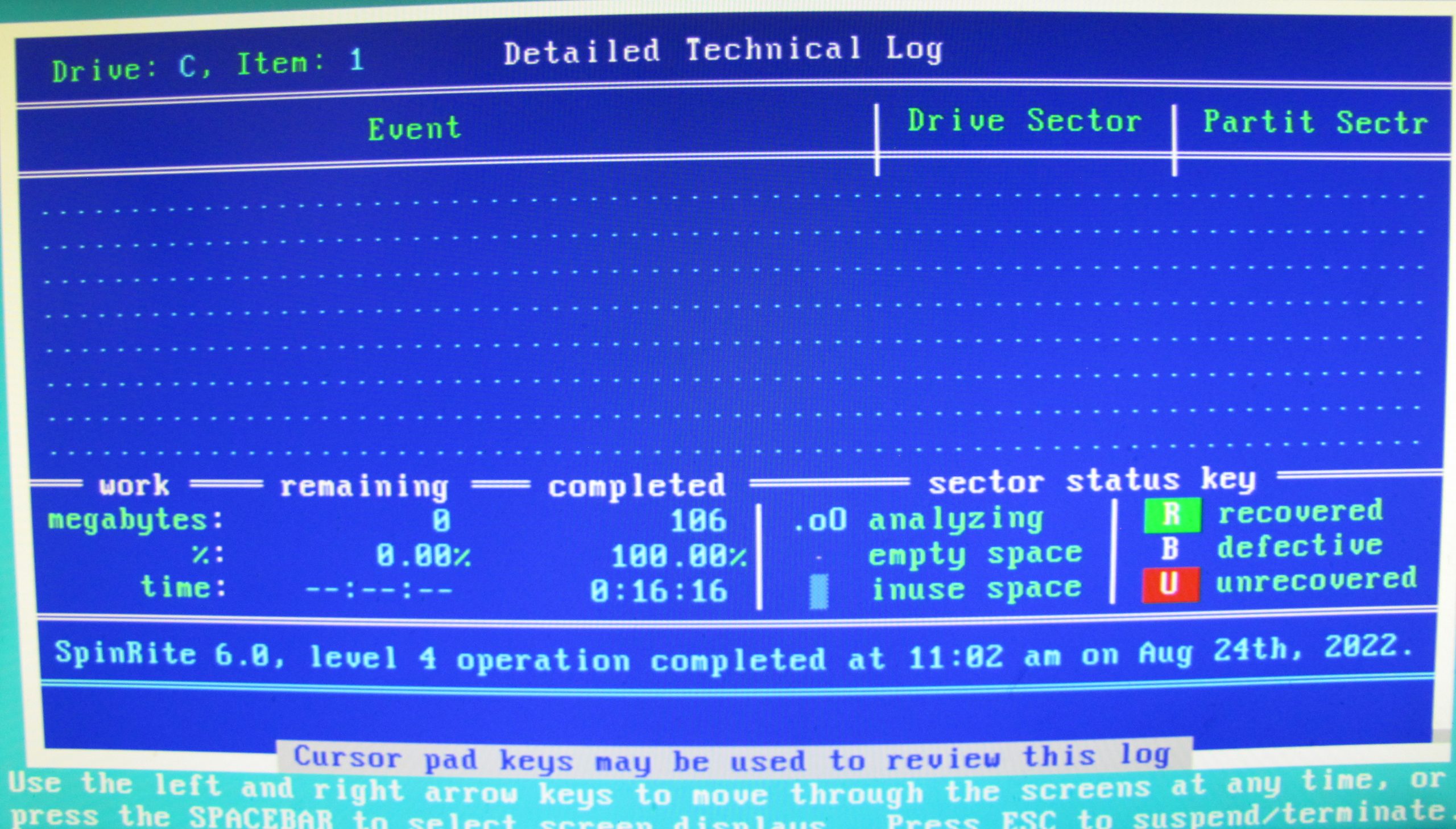
While 30 years is a long lifespan, this particular drive is in perfect shape. It seems Toshiba drives from this period can be somewhat finnicky with parameter standards, refusing to run on a vast majority of programs such as MHDD or Spinrite v5. This strange issue repeats itself with the MK-232FC, which is somewhat intriguing.
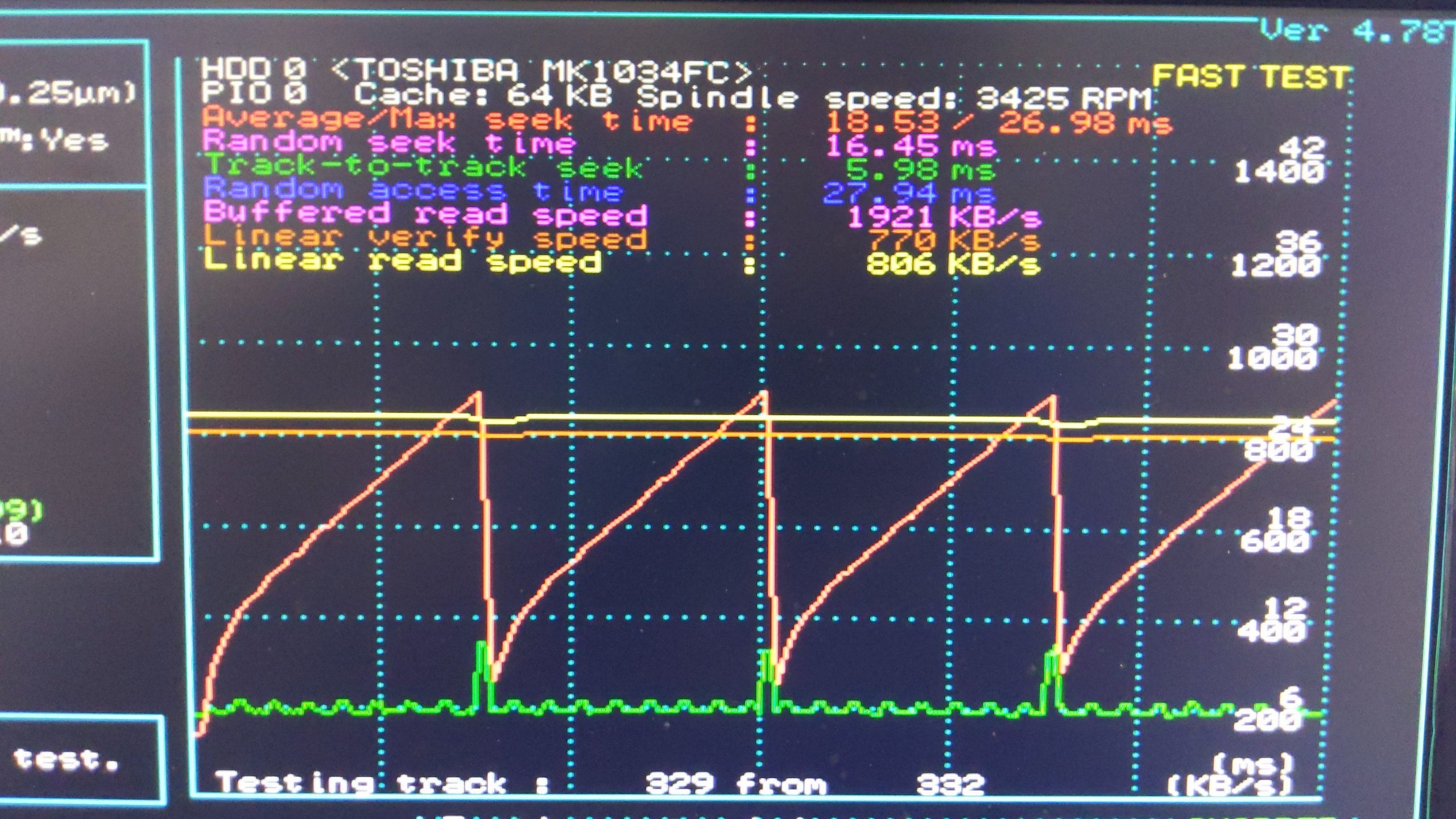
The track layout on this drive is a little bizarre, which is why hdmotion sounds a bit unique too. This was a reasonably uncommon design choice, one can only assume it’s for specific workloads, thus decreasing particular seek-time processes. Naturally, Conner Peripherals did the same with the CP30104H, which is a clear direct competitior to this specific model, being near-identical in specification.
So there it is, everything you’d need to know about the MK-1034FC.
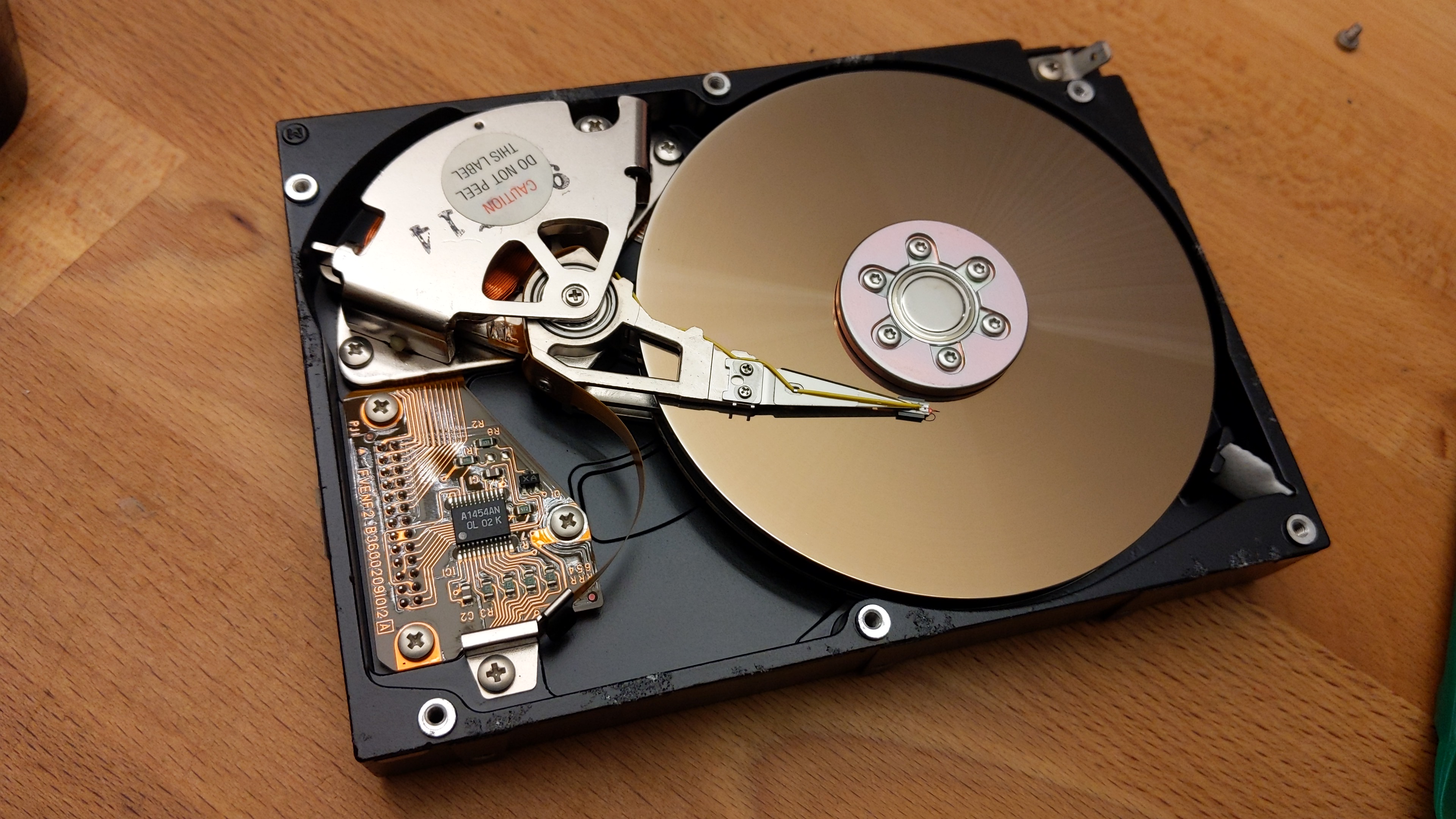
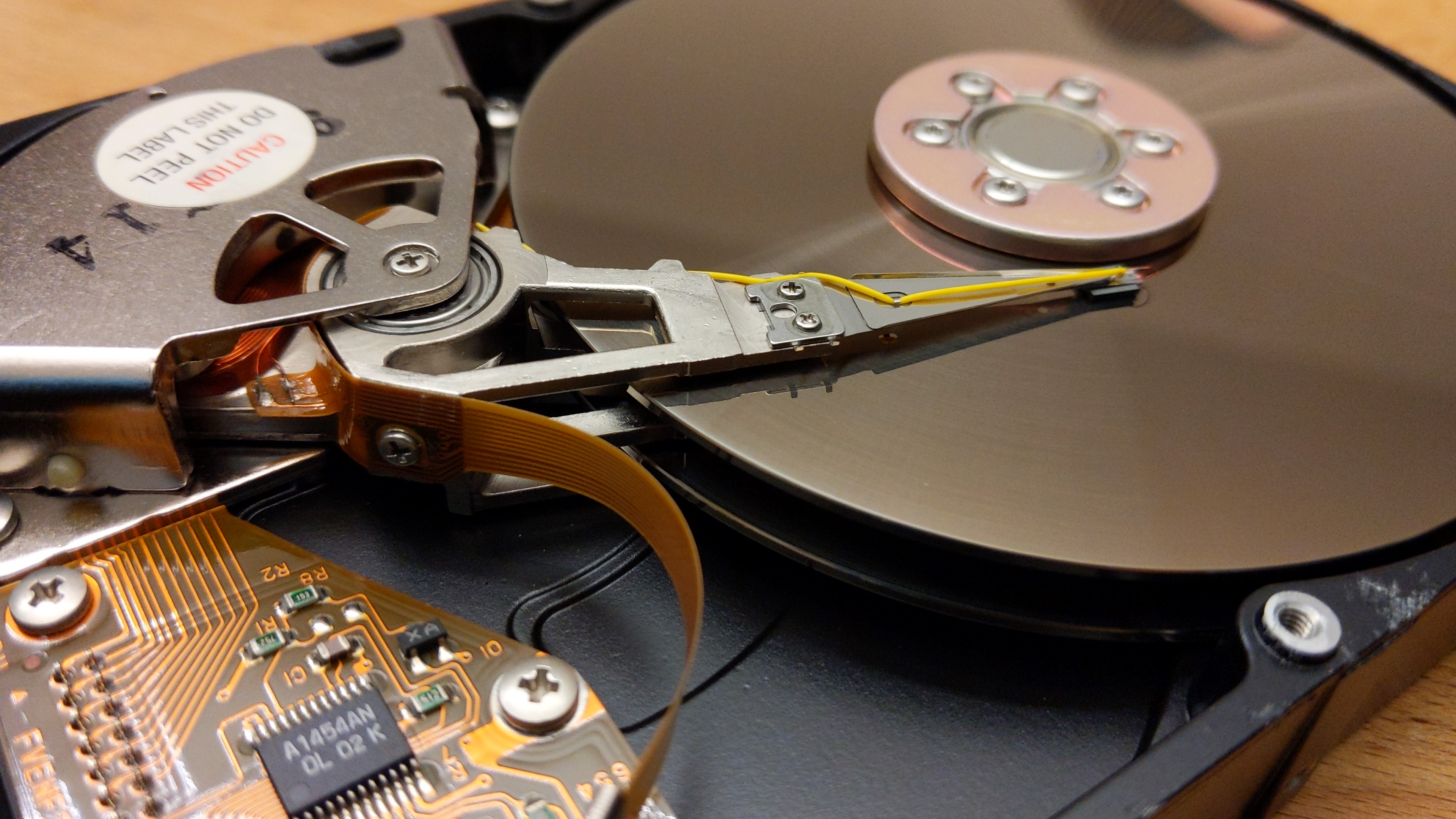
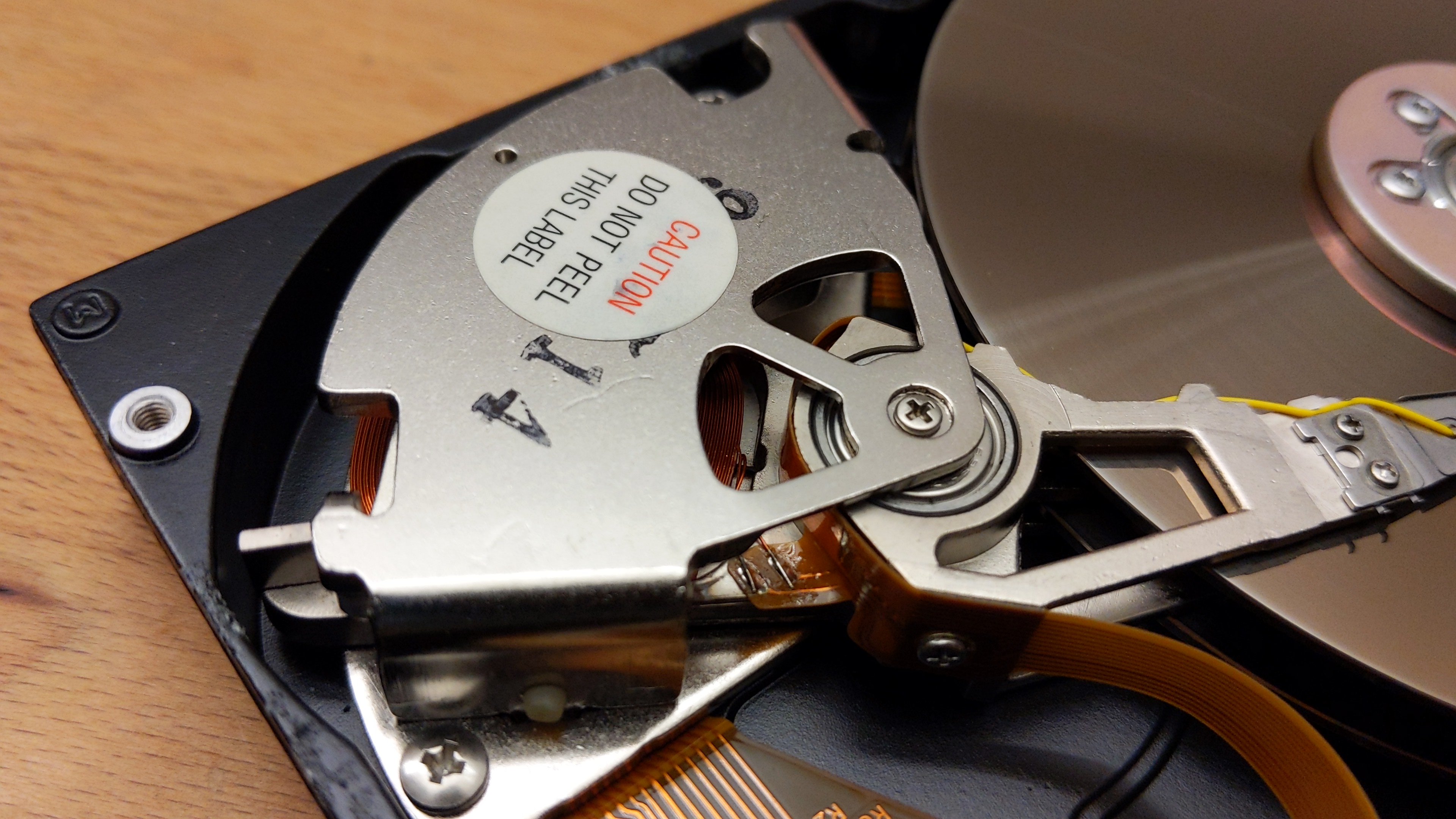
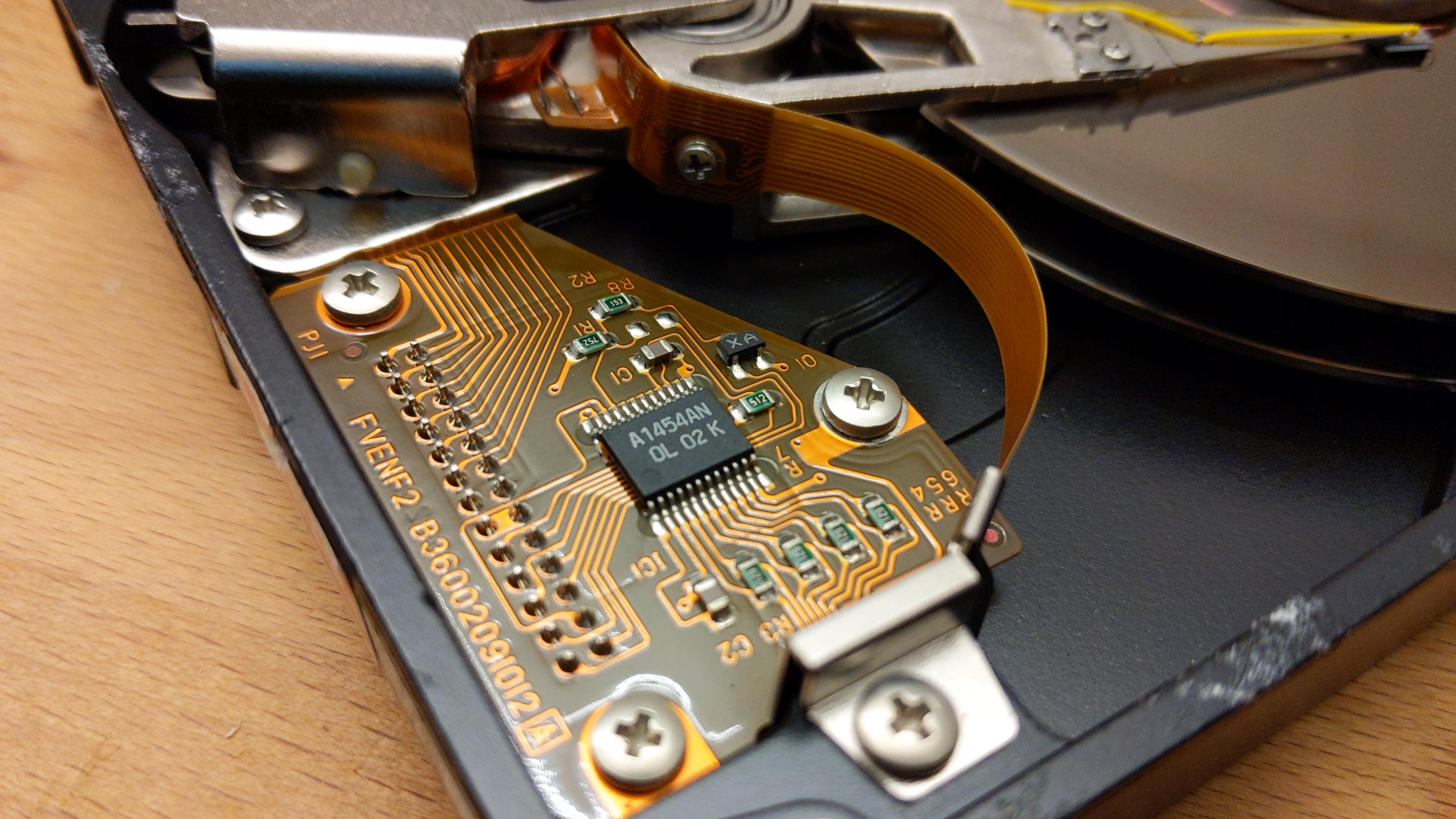
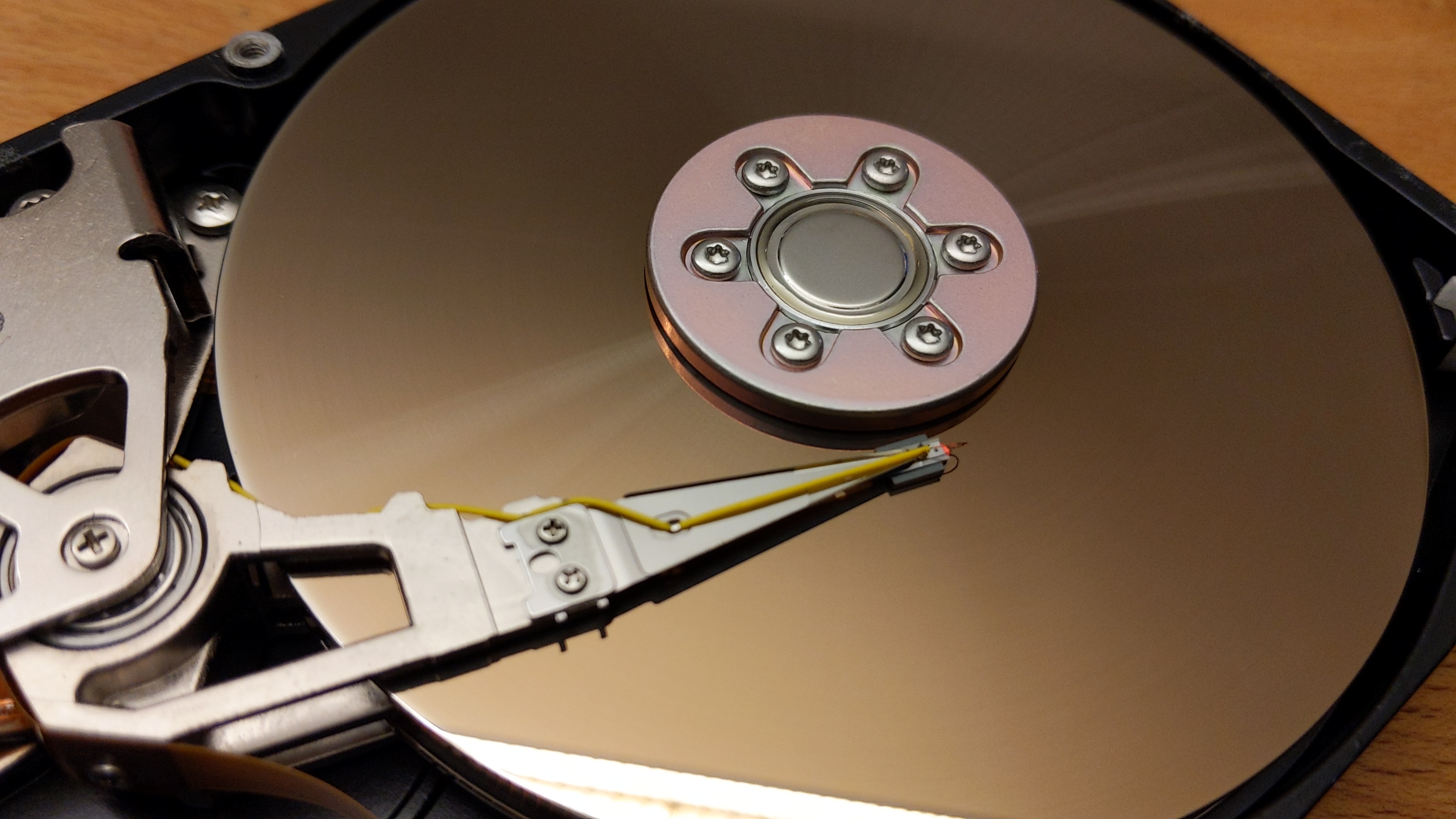
If you missed the video I made on this drive, you can find it here: